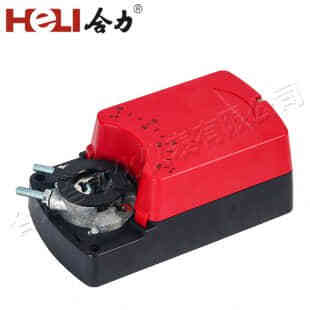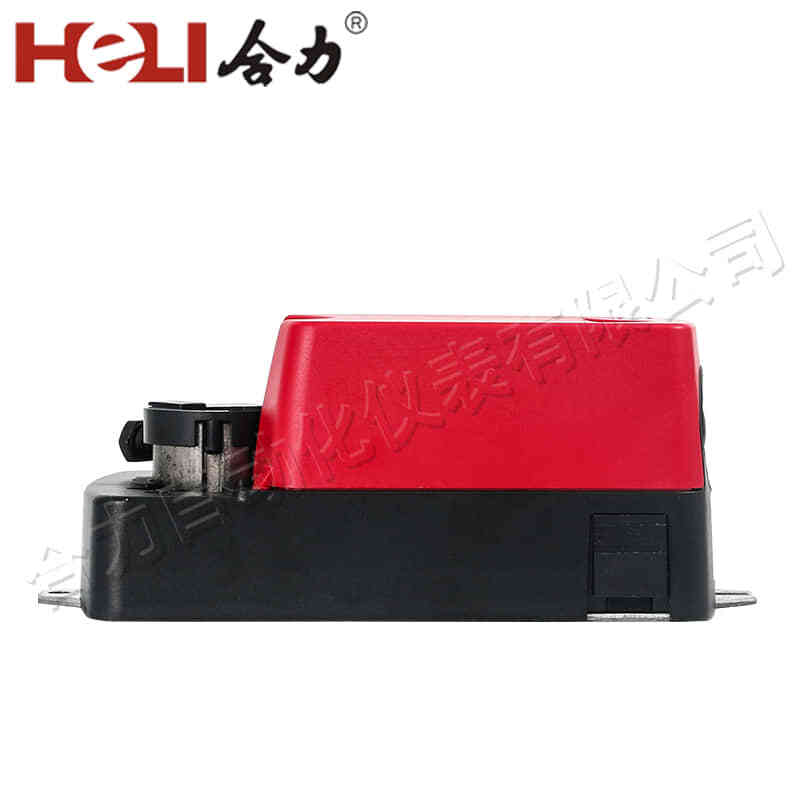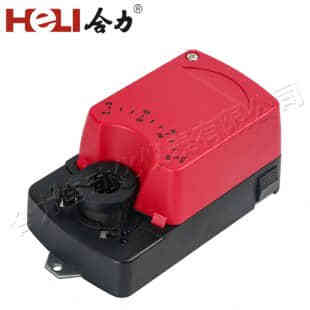Damper actuators play a crucial role in heating, ventilation, and air conditioning (HVAC) systems, enabling precise control of airflow and maintaining optimal indoor environments. These devices adjust the position of dampers—mechanical components that regulate the flow of air within ducts and ventilation systems. By modulating the airflow, damper actuators contribute to energy efficiency, comfort, and air quality in residential and commercial buildings.

What is a Damper Actuator?

A damper actuator is a device that controls the opening and closing of dampers. These actuators are typically powered by electric, pneumatic, or hydraulic mechanisms, allowing them to respond to signals from a building’s control system. Depending on their design, damper actuators can vary in size, strength, and functionality, but their primary purpose remains consistent: to regulate airflow effectively. Types of Damper Actuators Electric Actuators: These are the most common type, using an electric motor to control the damper’s position. Electric actuators can be further divided into two categories: modulating and on/off. Modulating actuators allow for gradual adjustments of the damper position, while on/off actuators provide binary control—fully open or fully closed.

Leave a Reply